Contemporary Leadership: Theories, Tools, and Recommendations
VerifiedAdded on 2022/09/23
|18
|1403
|28
Presentation
AI Summary
This presentation examines various leadership styles, including transformational, situational, and democratic leadership, within the context of organizational success. It begins by highlighting the importance of leadership in motivating employees and achieving business goals. The presentation then delves into the strengths and weaknesses of each leadership style, such as transformational leadership's focus on change, situational leadership's adaptability, and democratic leadership's emphasis on collaboration. The presenter recommends the use of situational leadership, which is a flexible approach that enables leaders to understand and address employee needs effectively. The presentation concludes with a recommendation for leaders to adopt situational leadership to improve employee satisfaction and resolve workplace issues. The presentation includes references to academic sources that support the analysis of the leadership styles.
1 out of 18
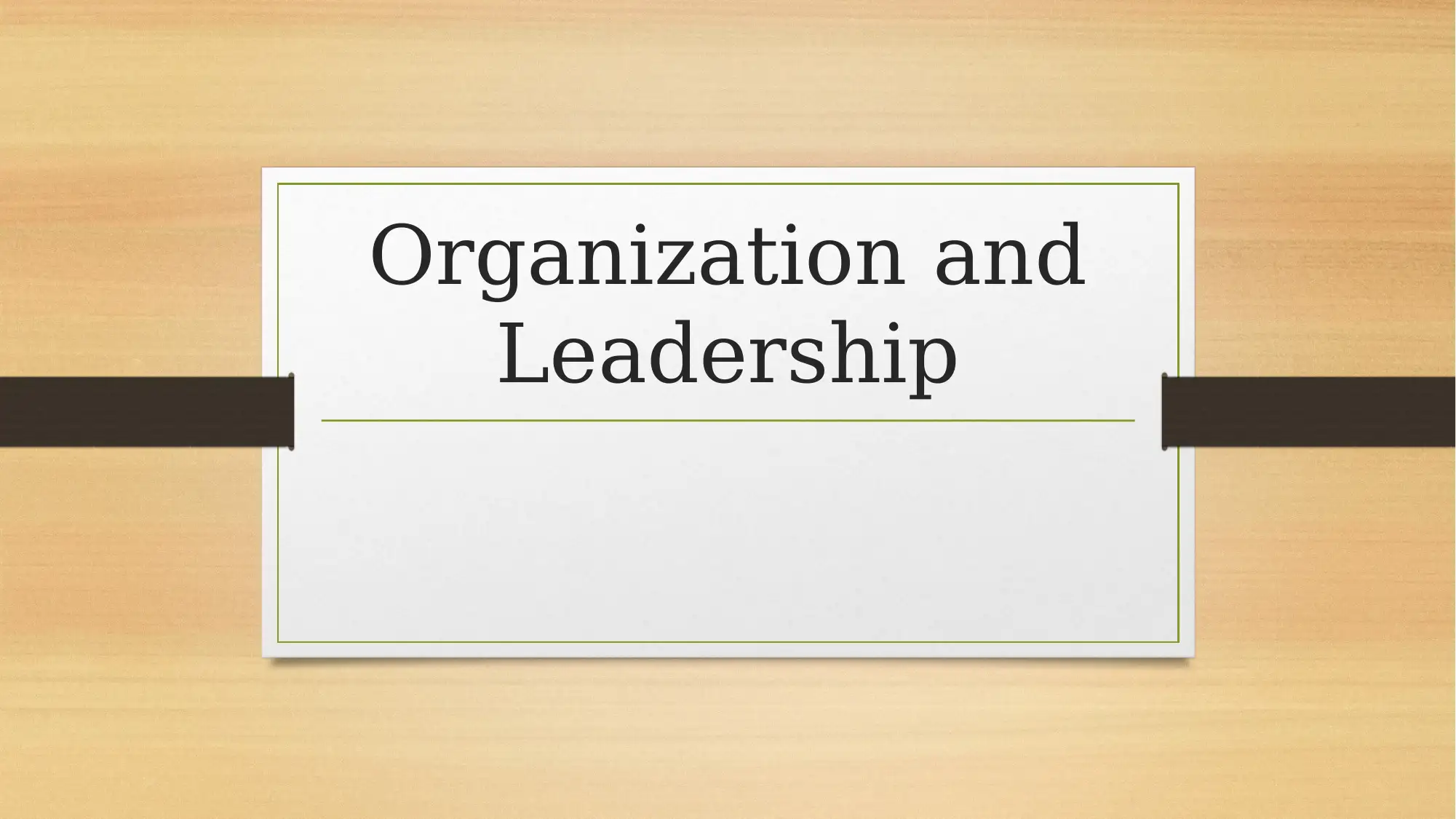
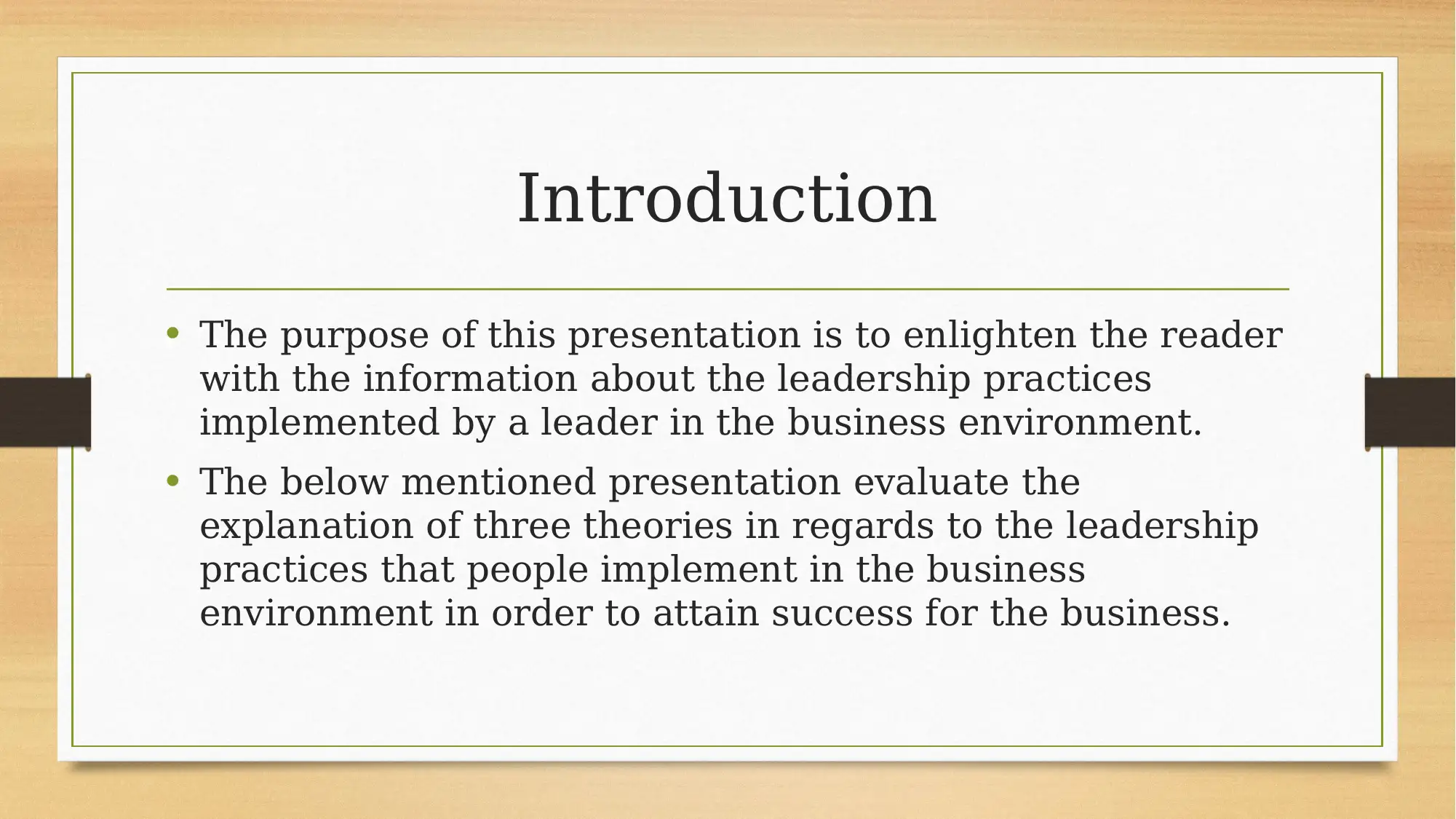
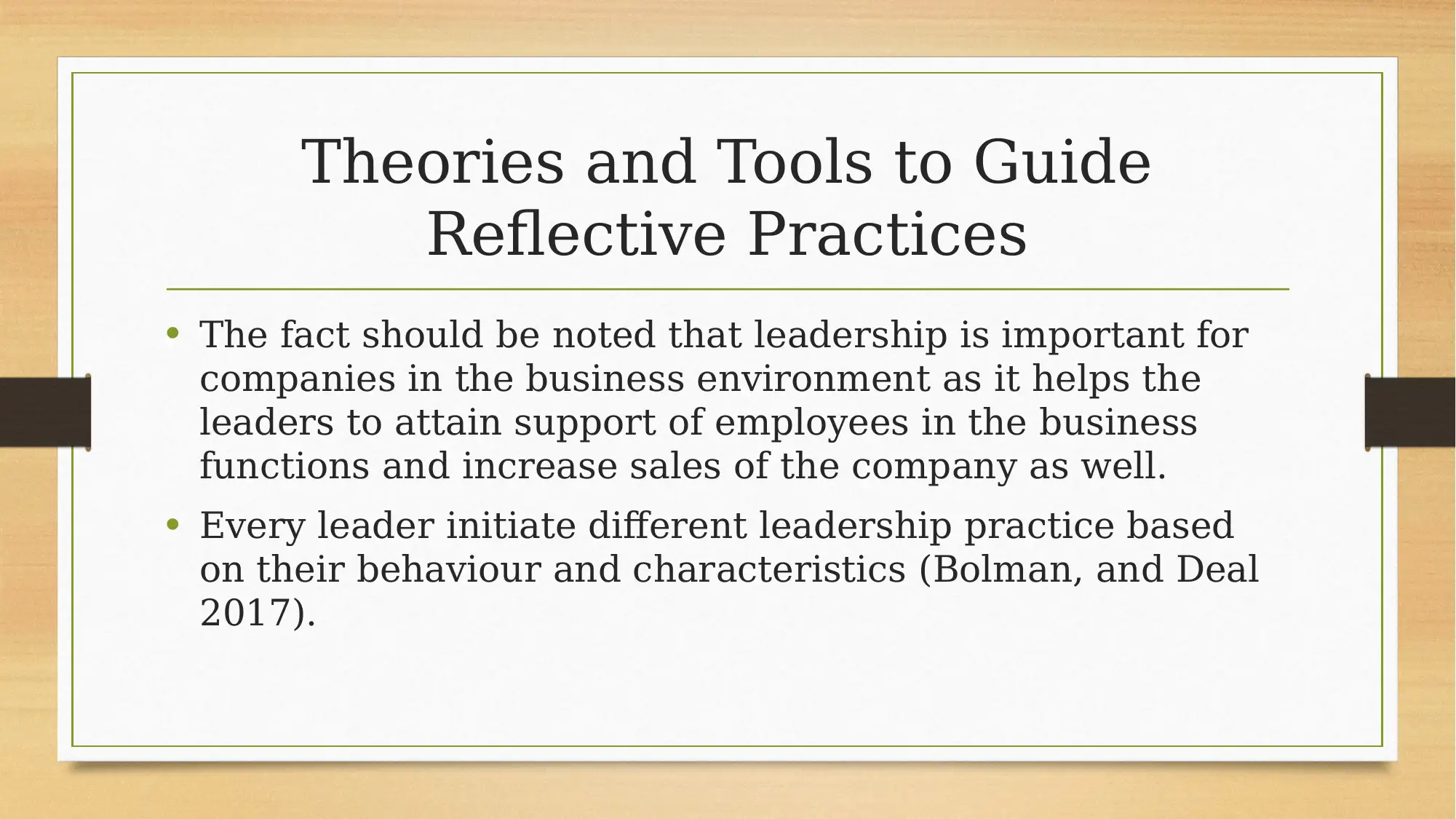
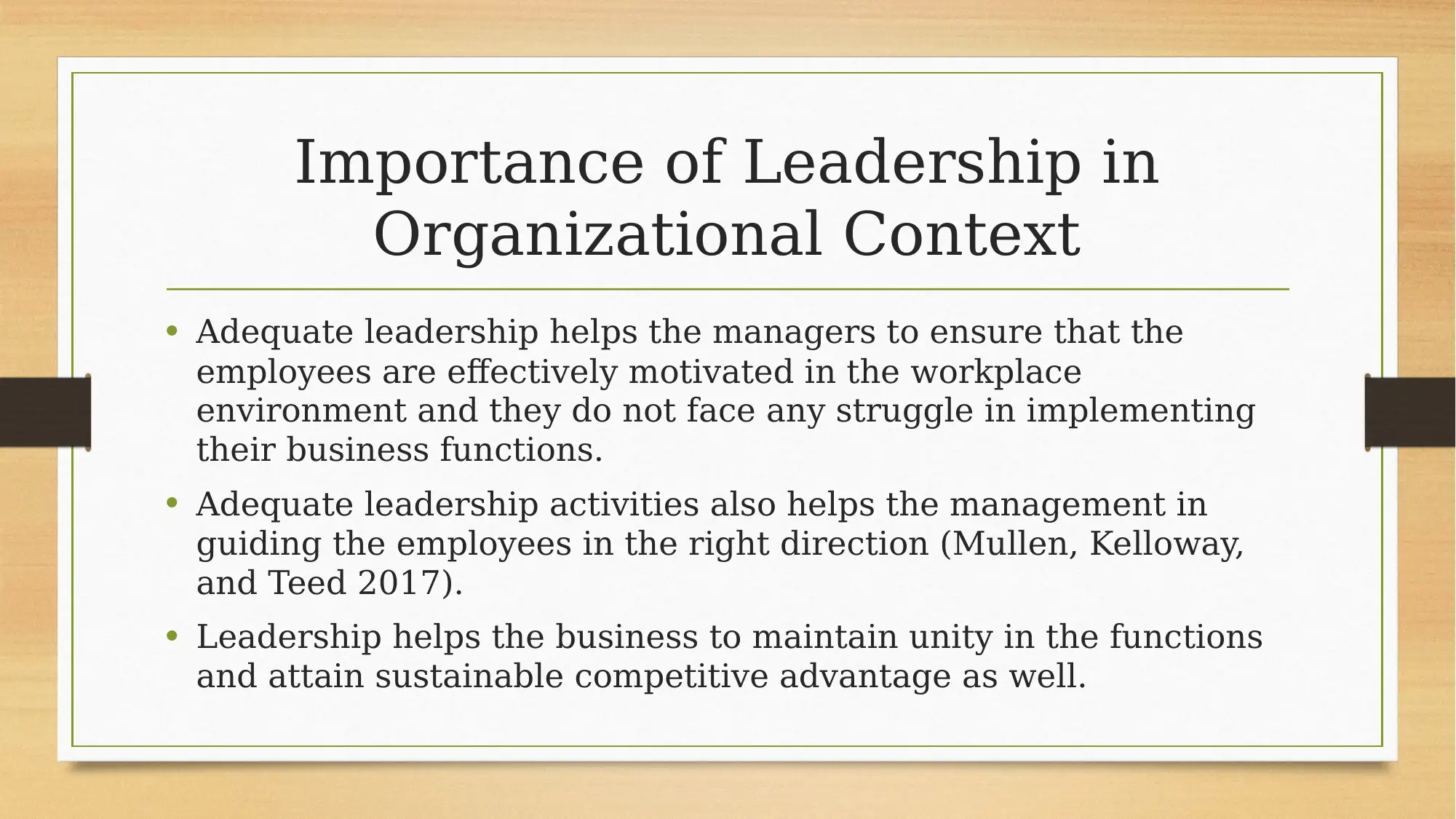
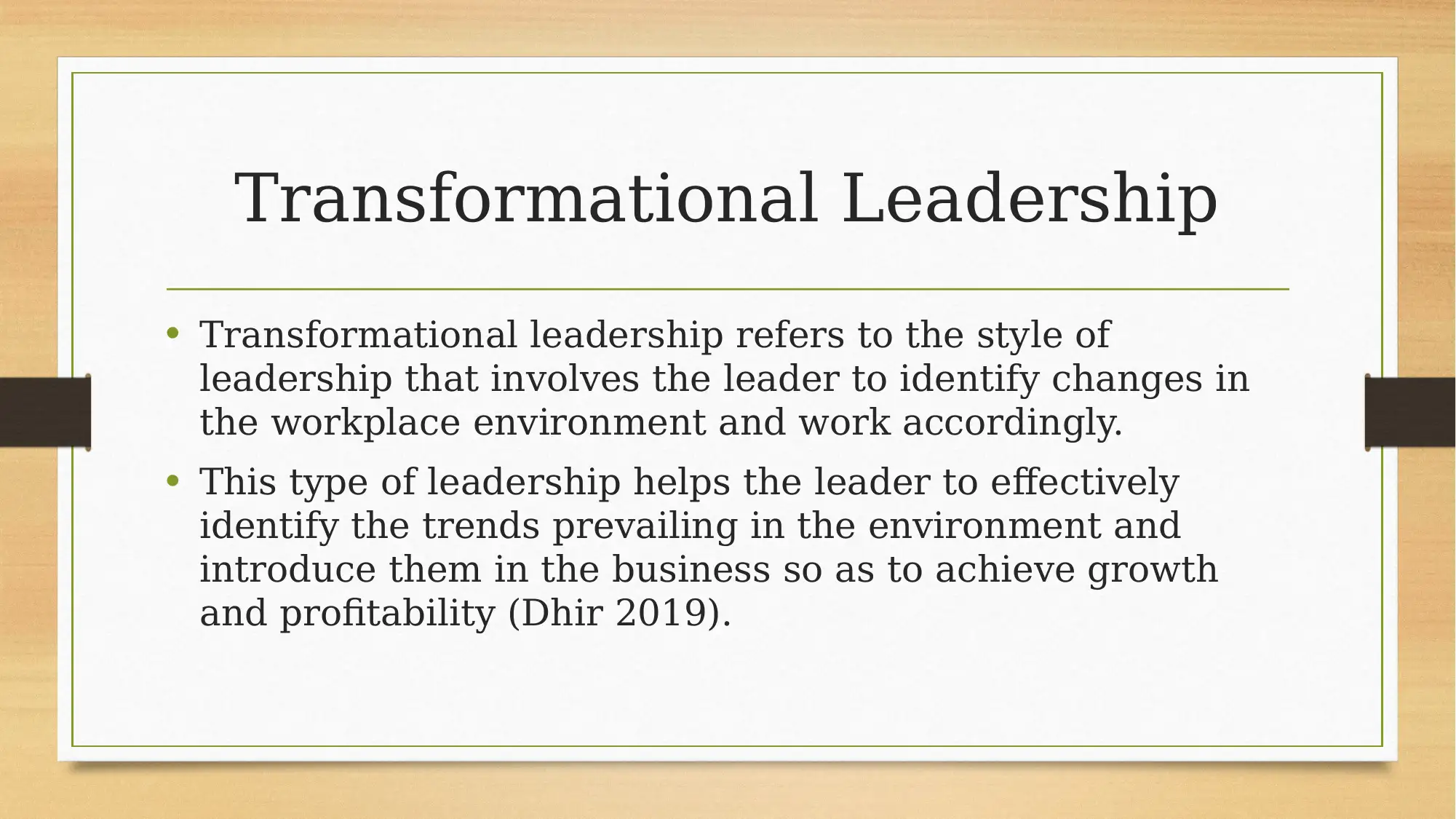
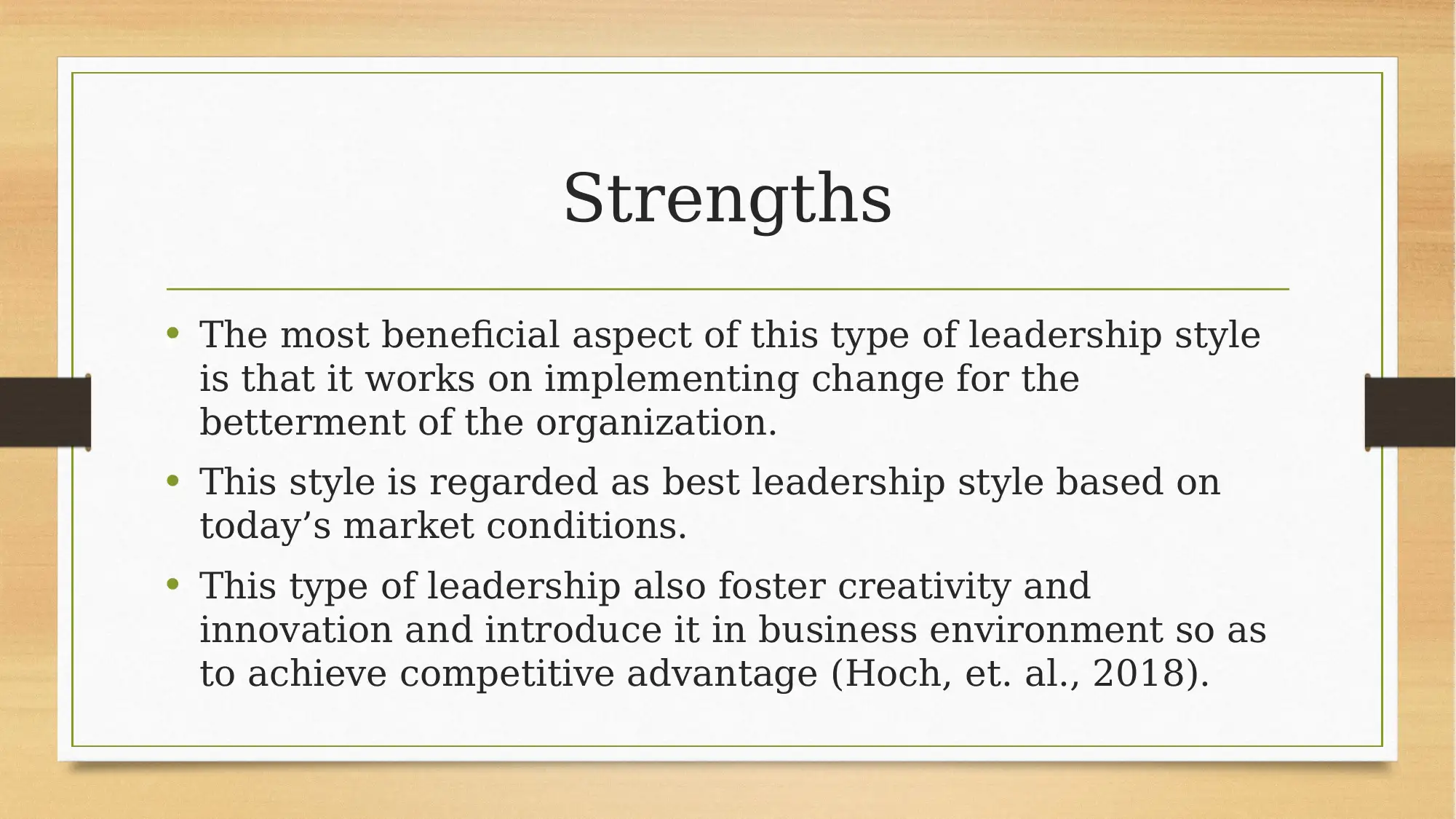
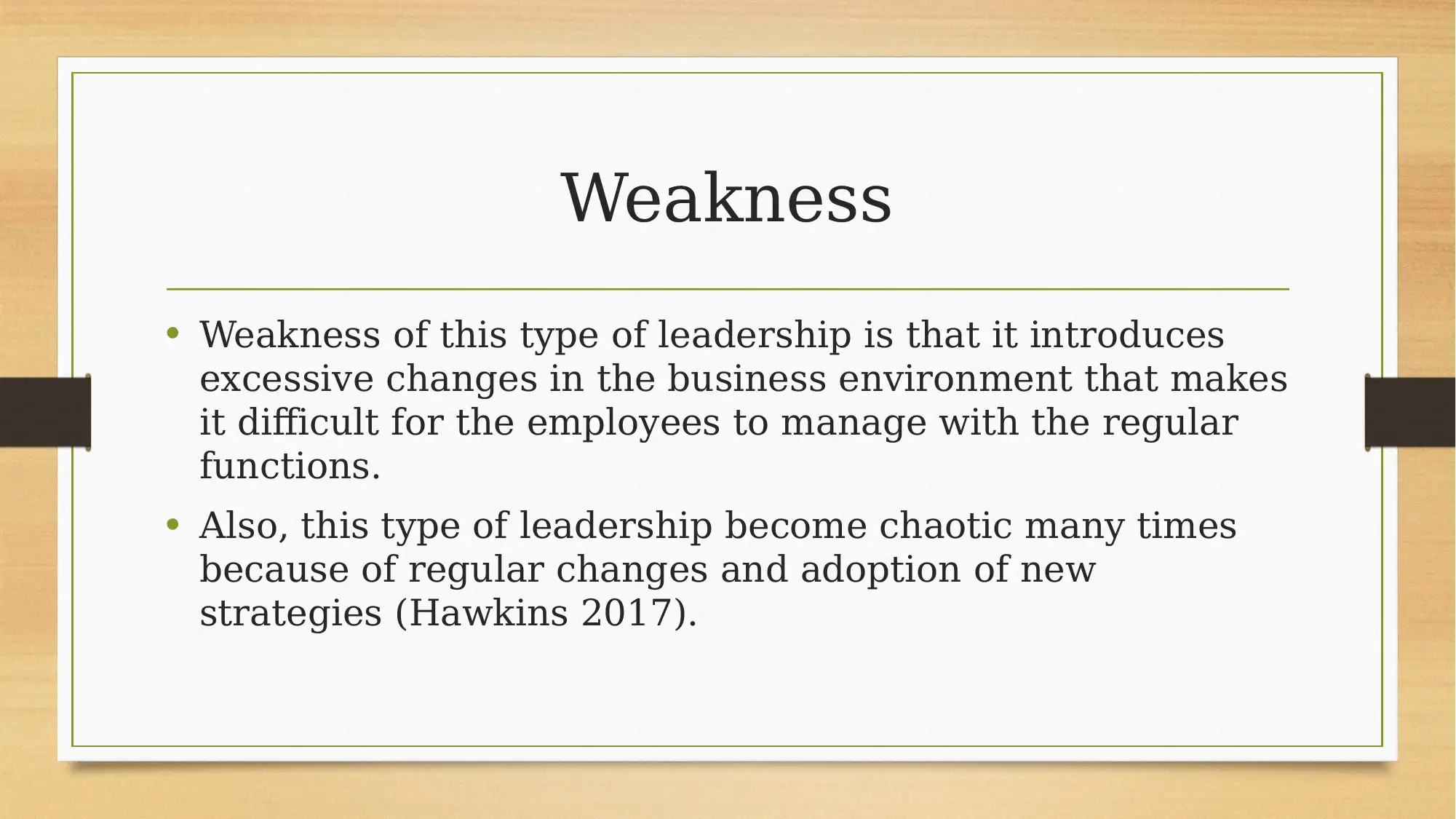
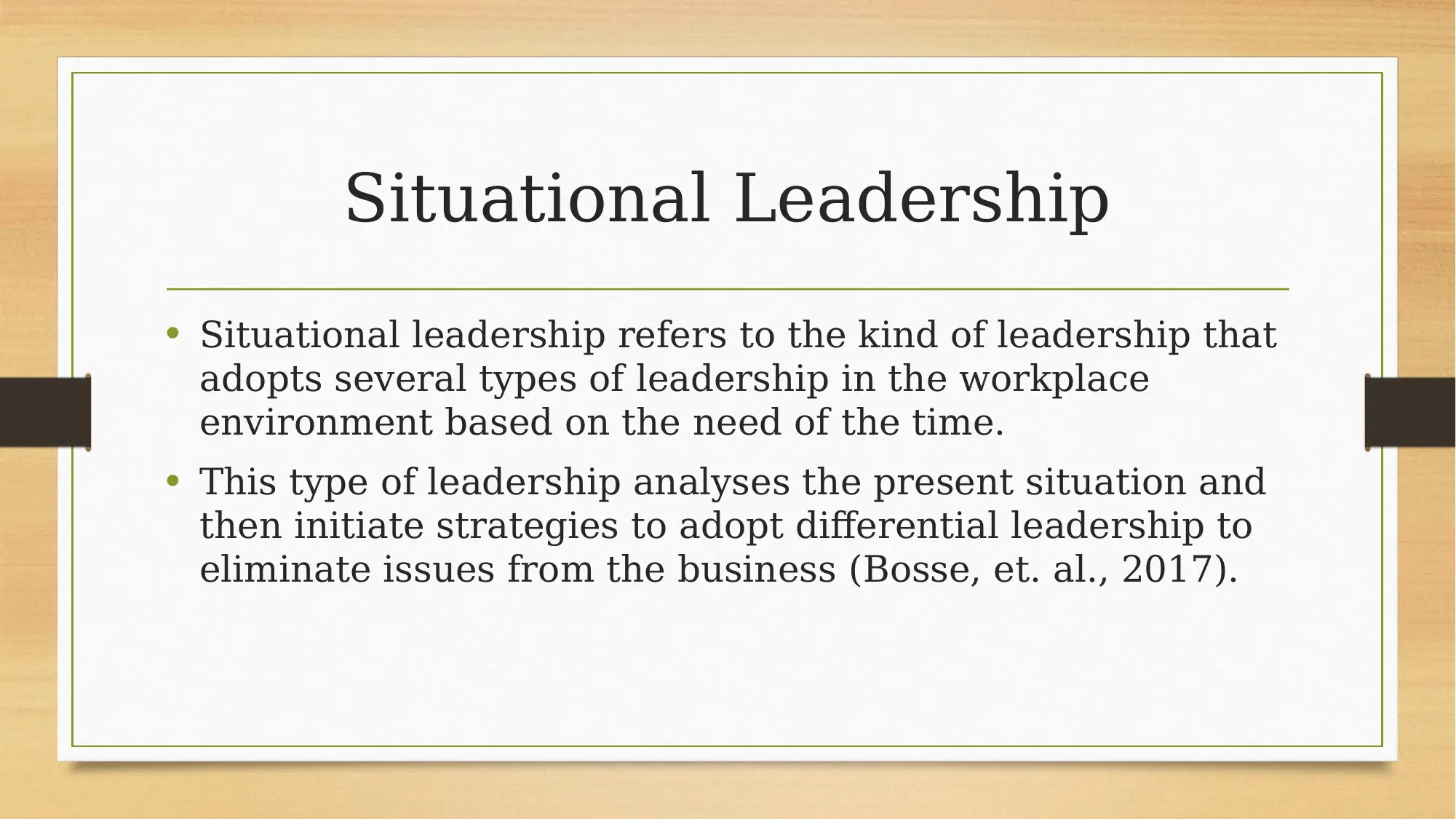
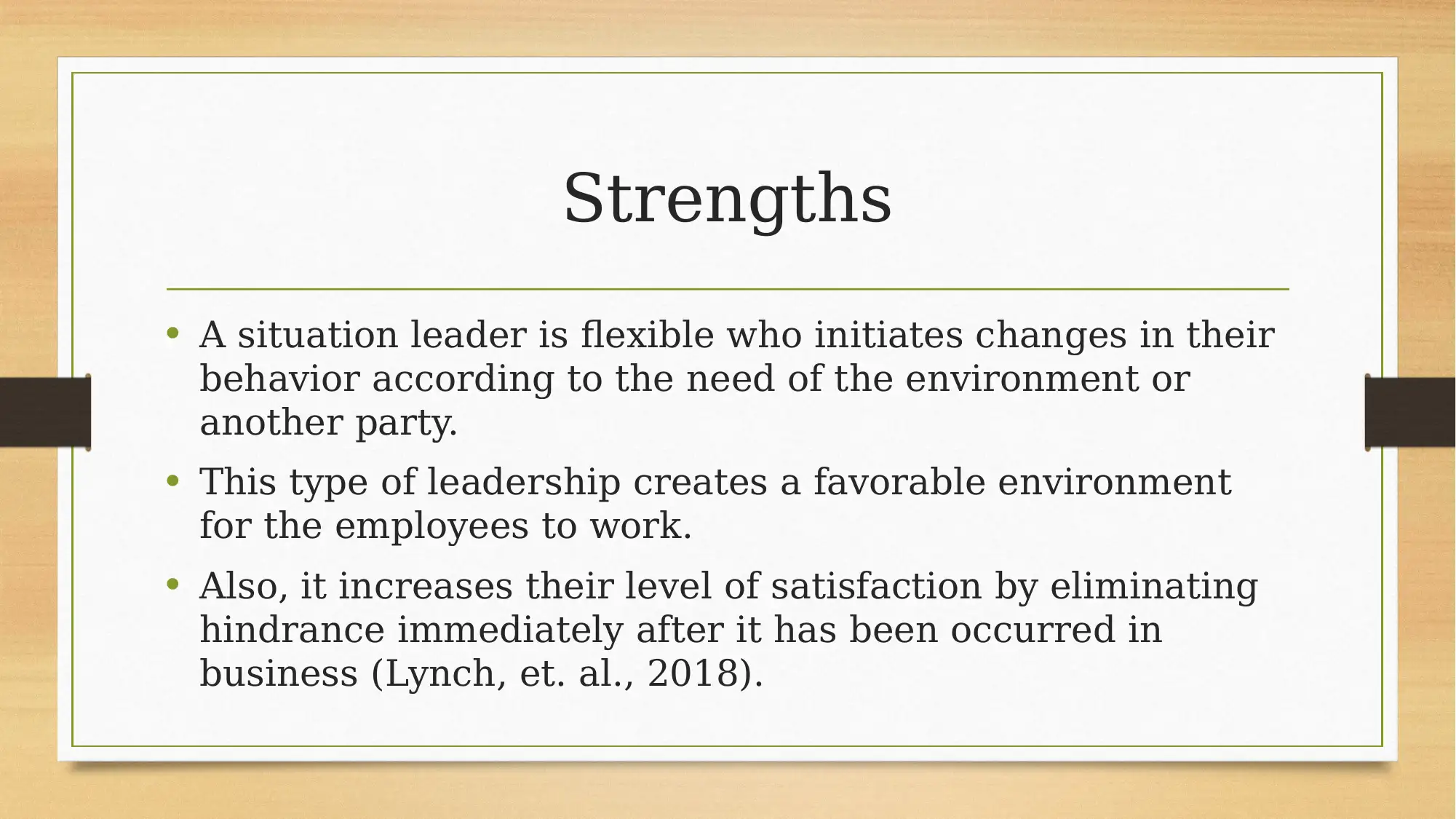
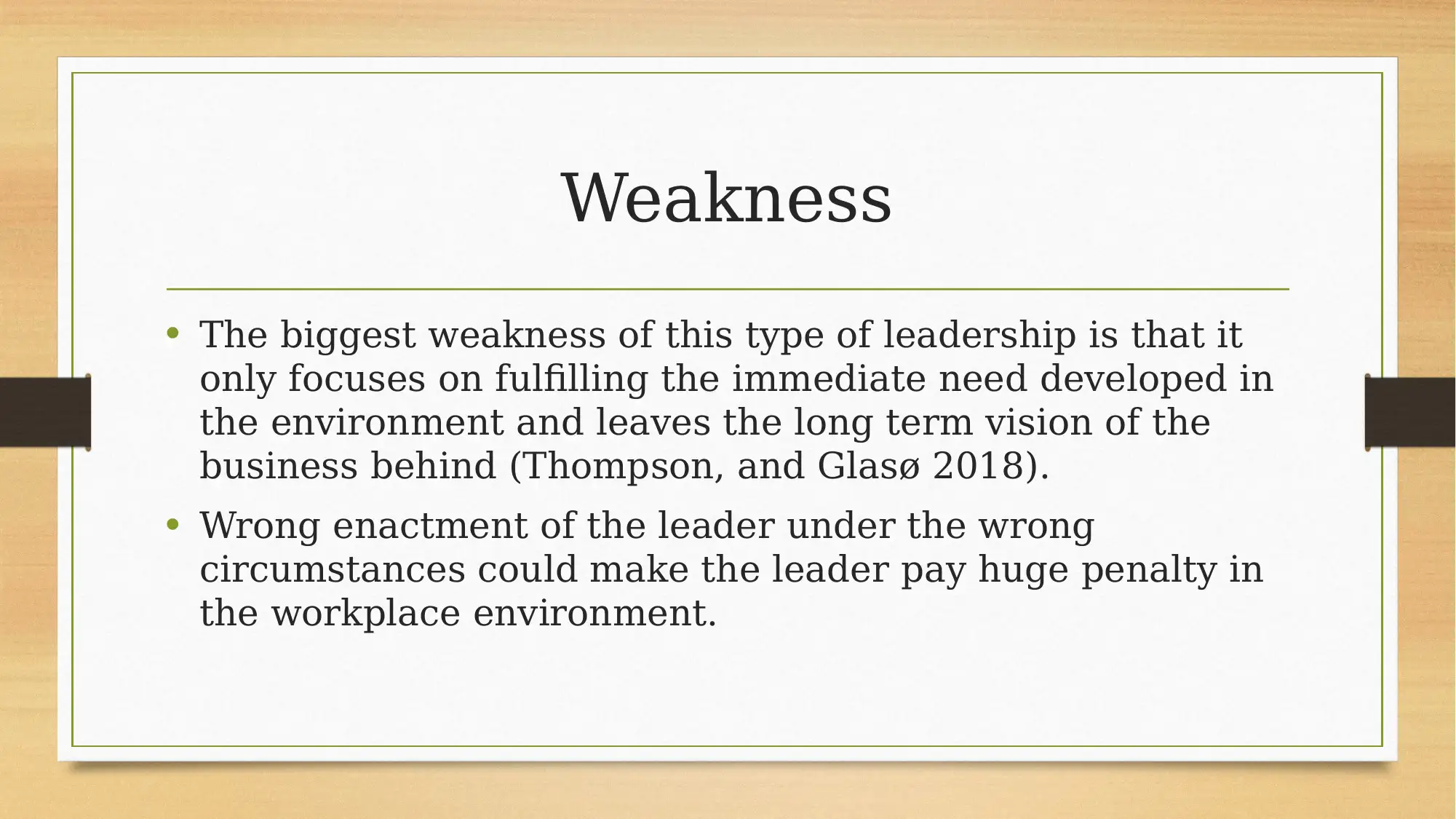
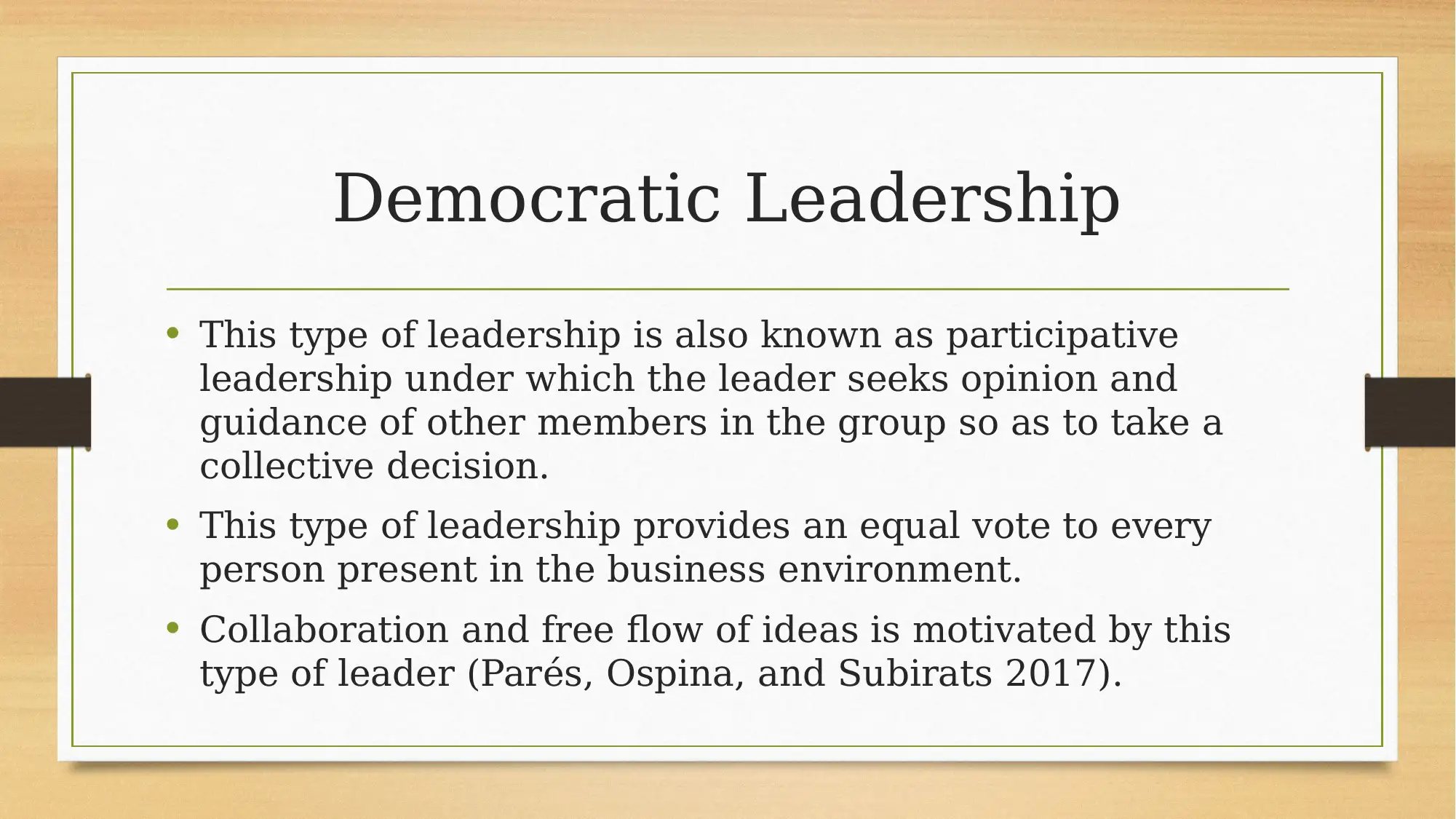
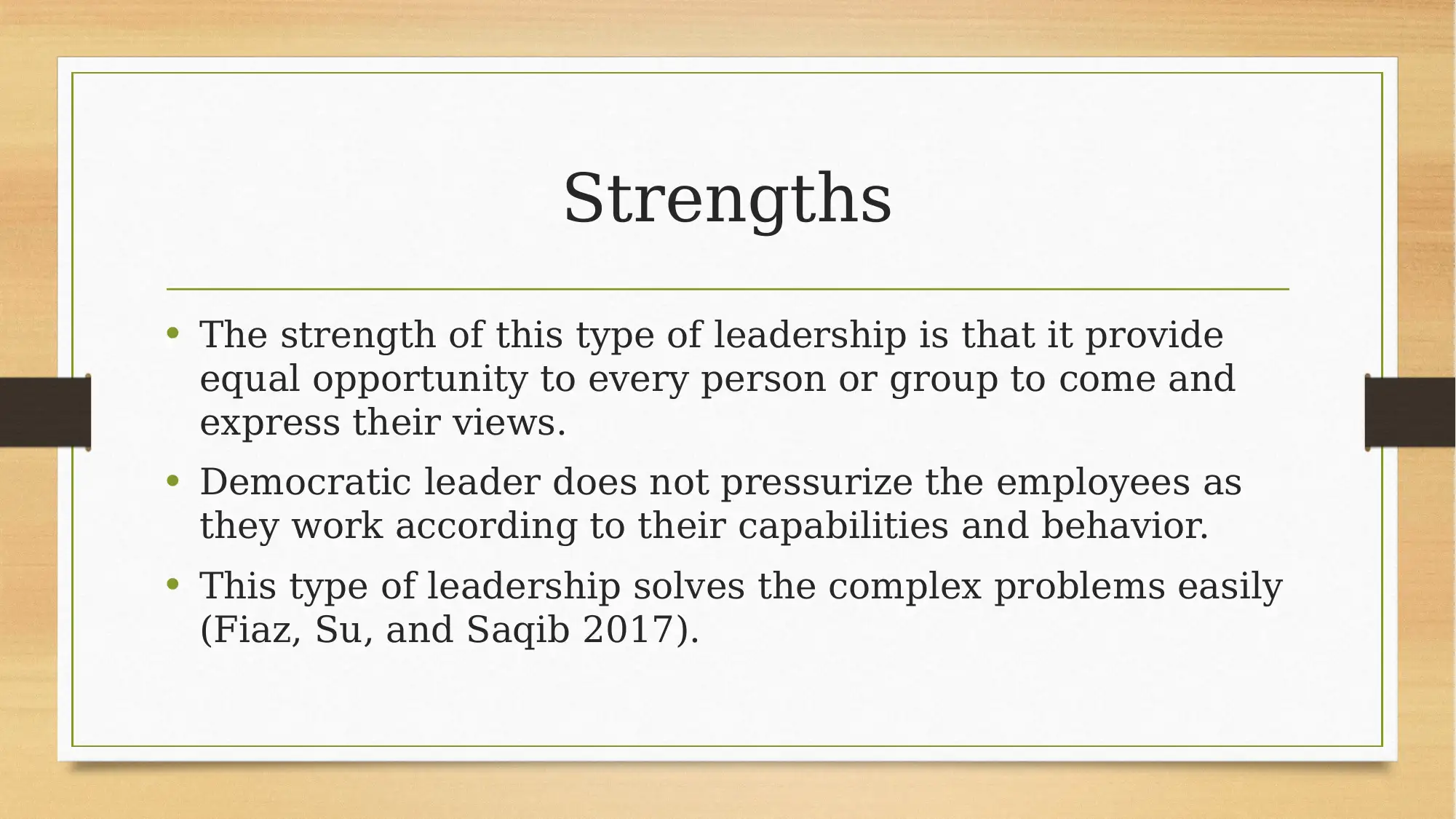
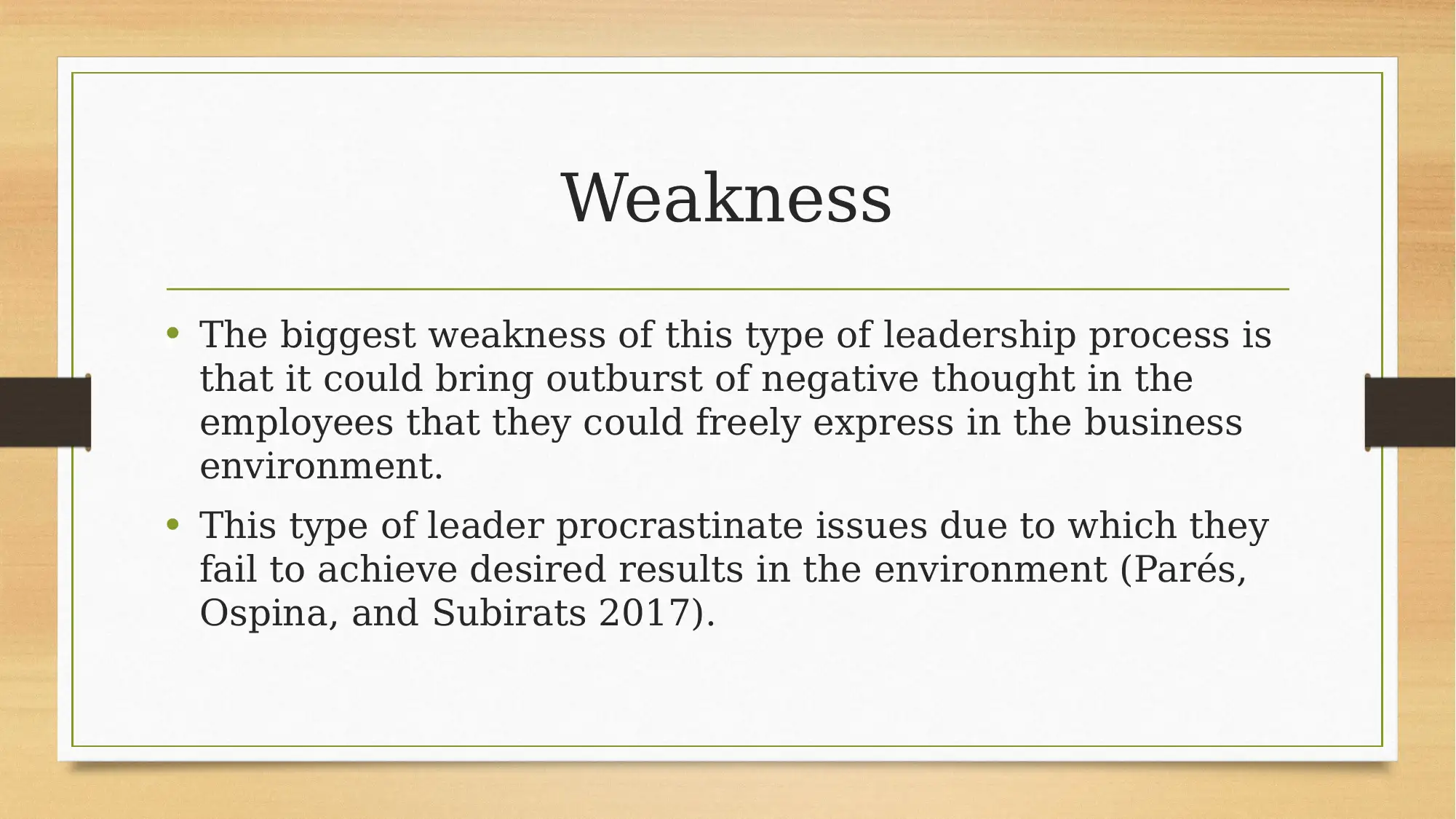
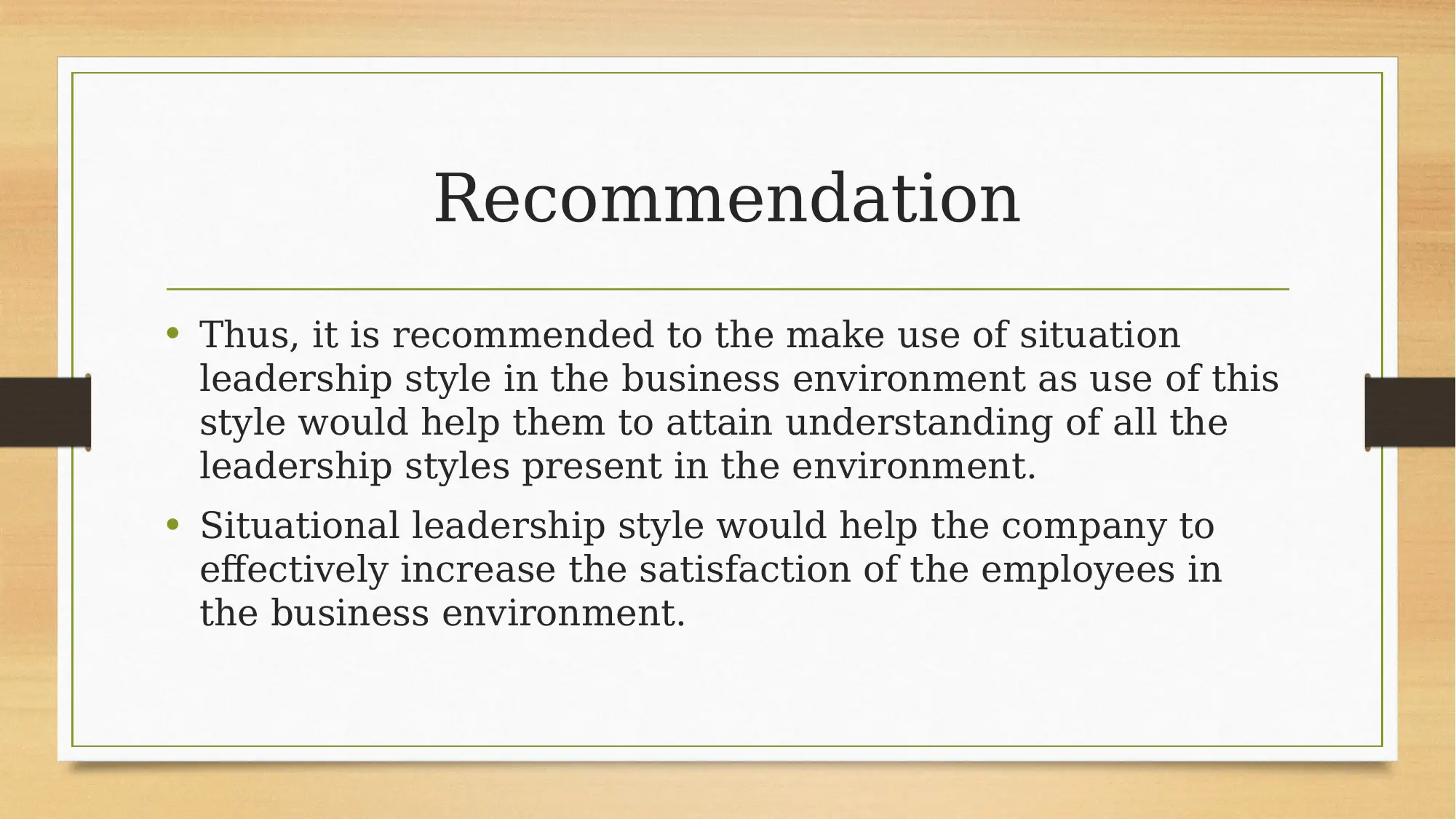
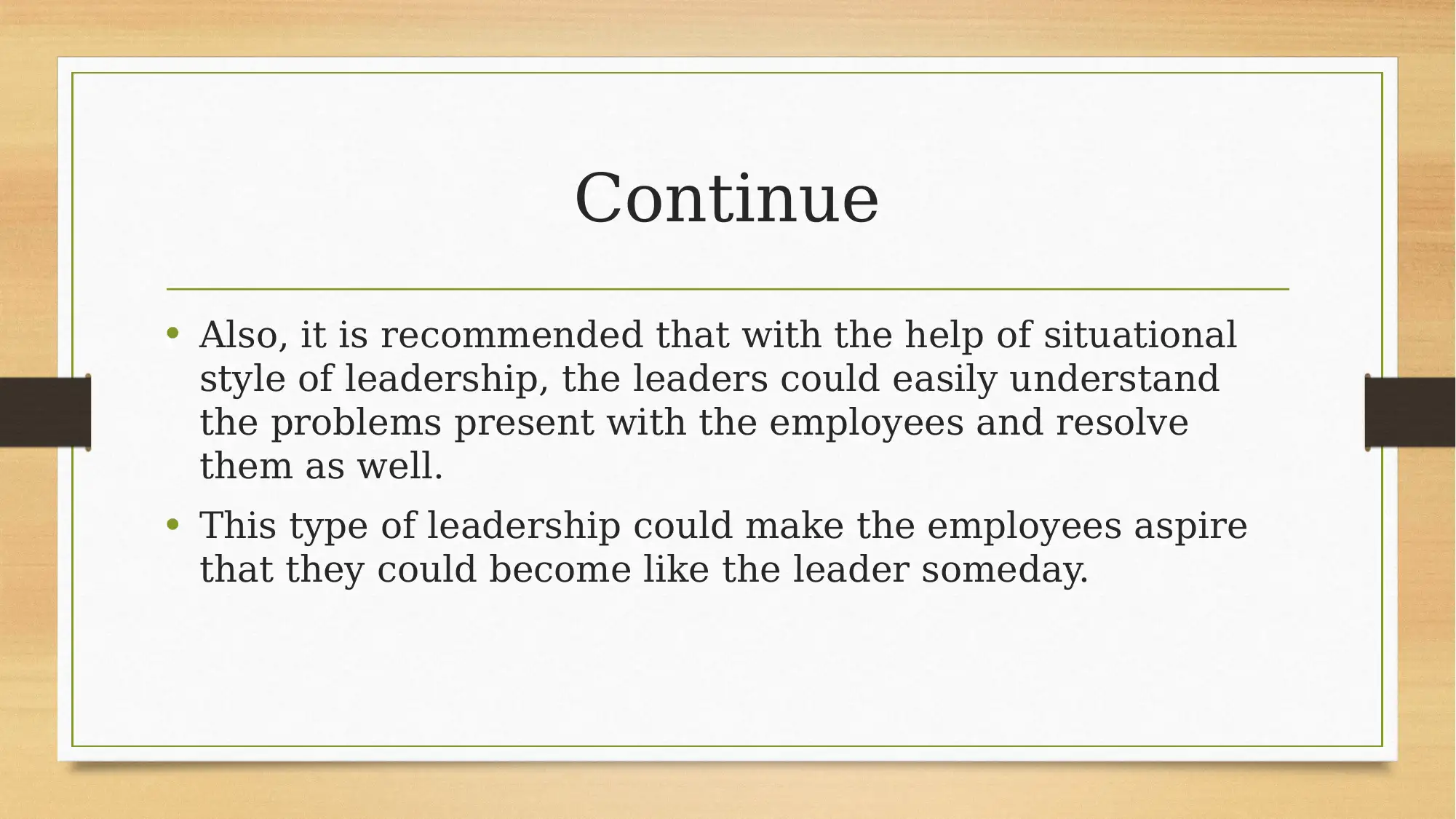
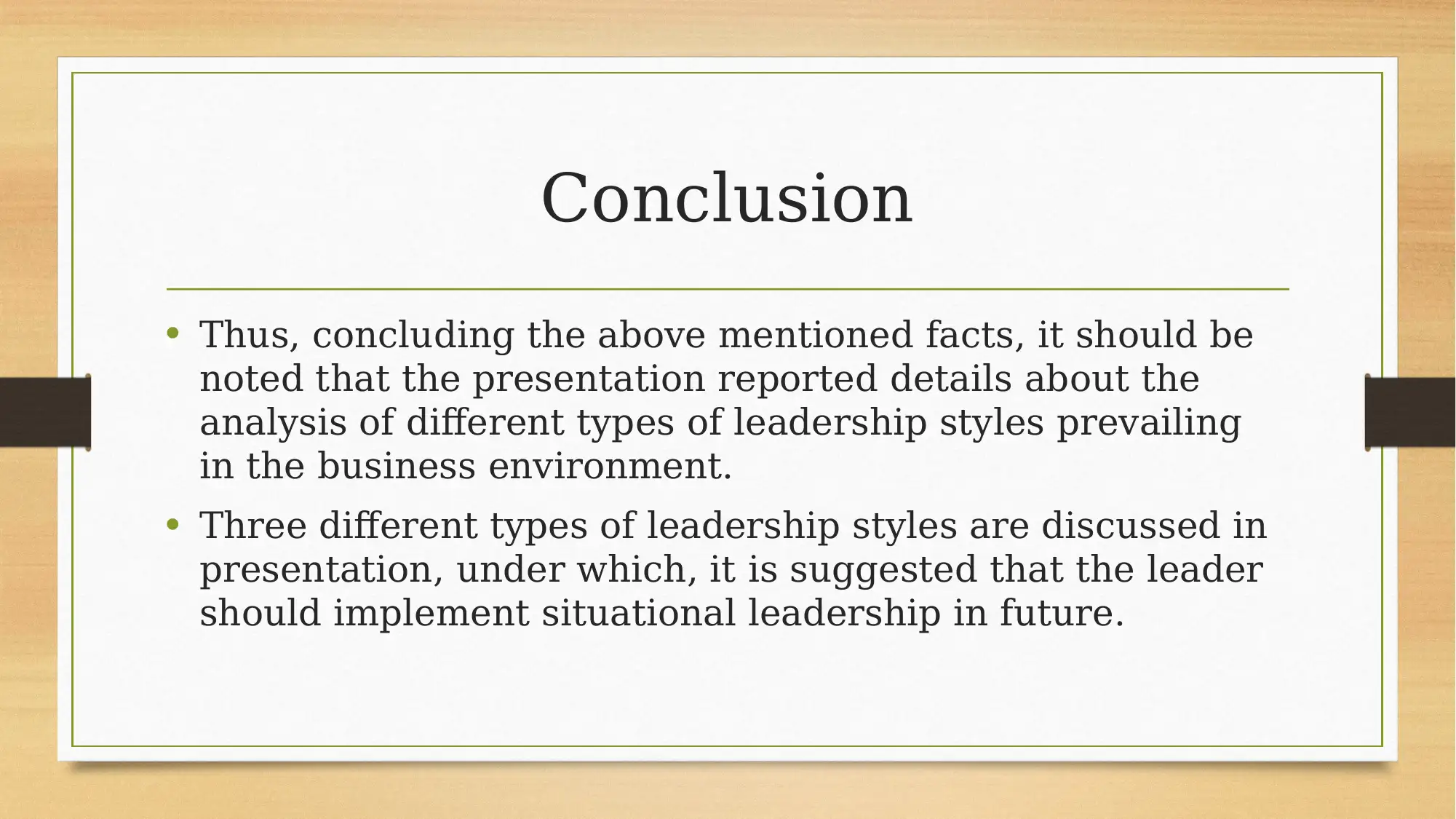
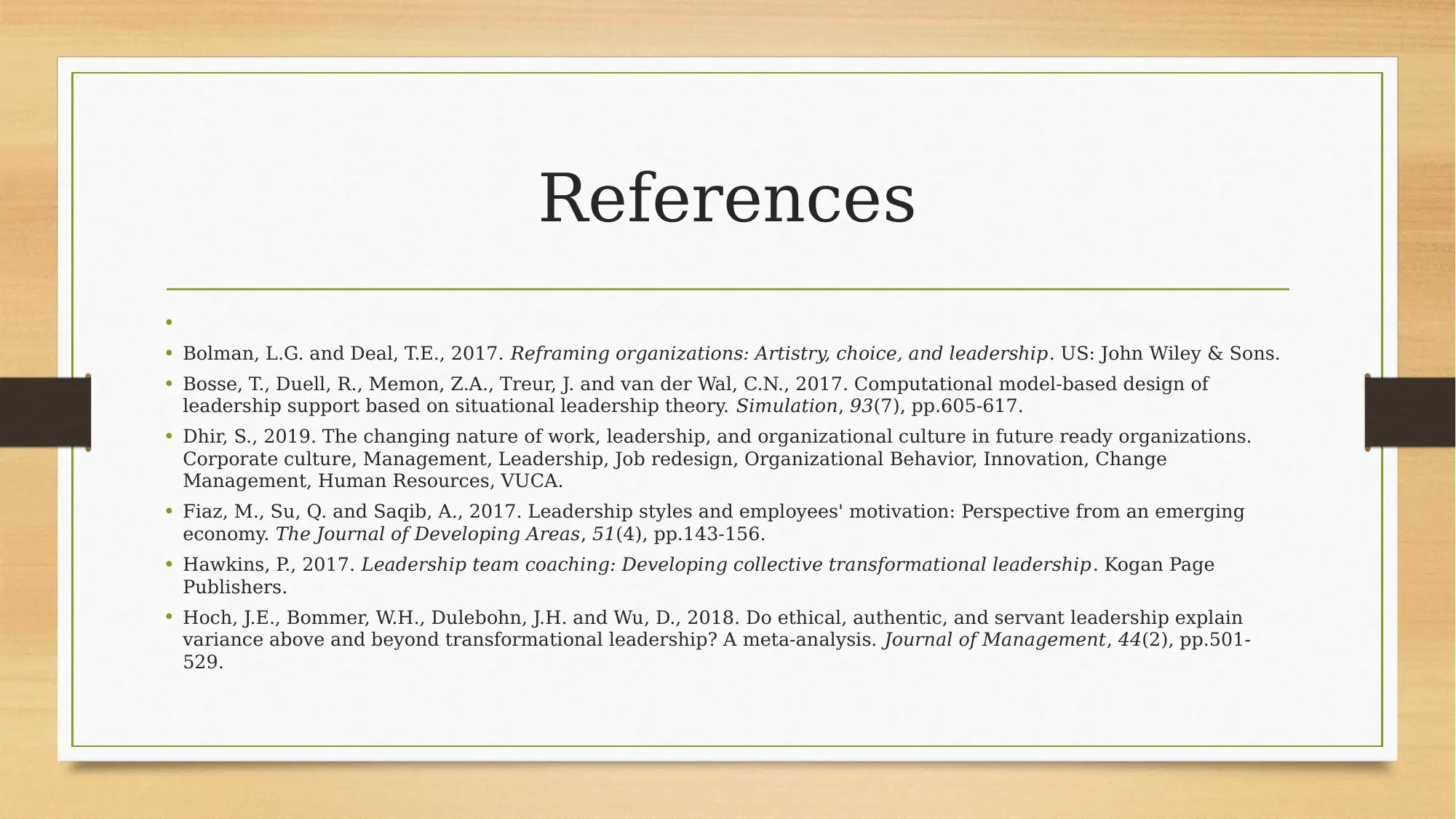
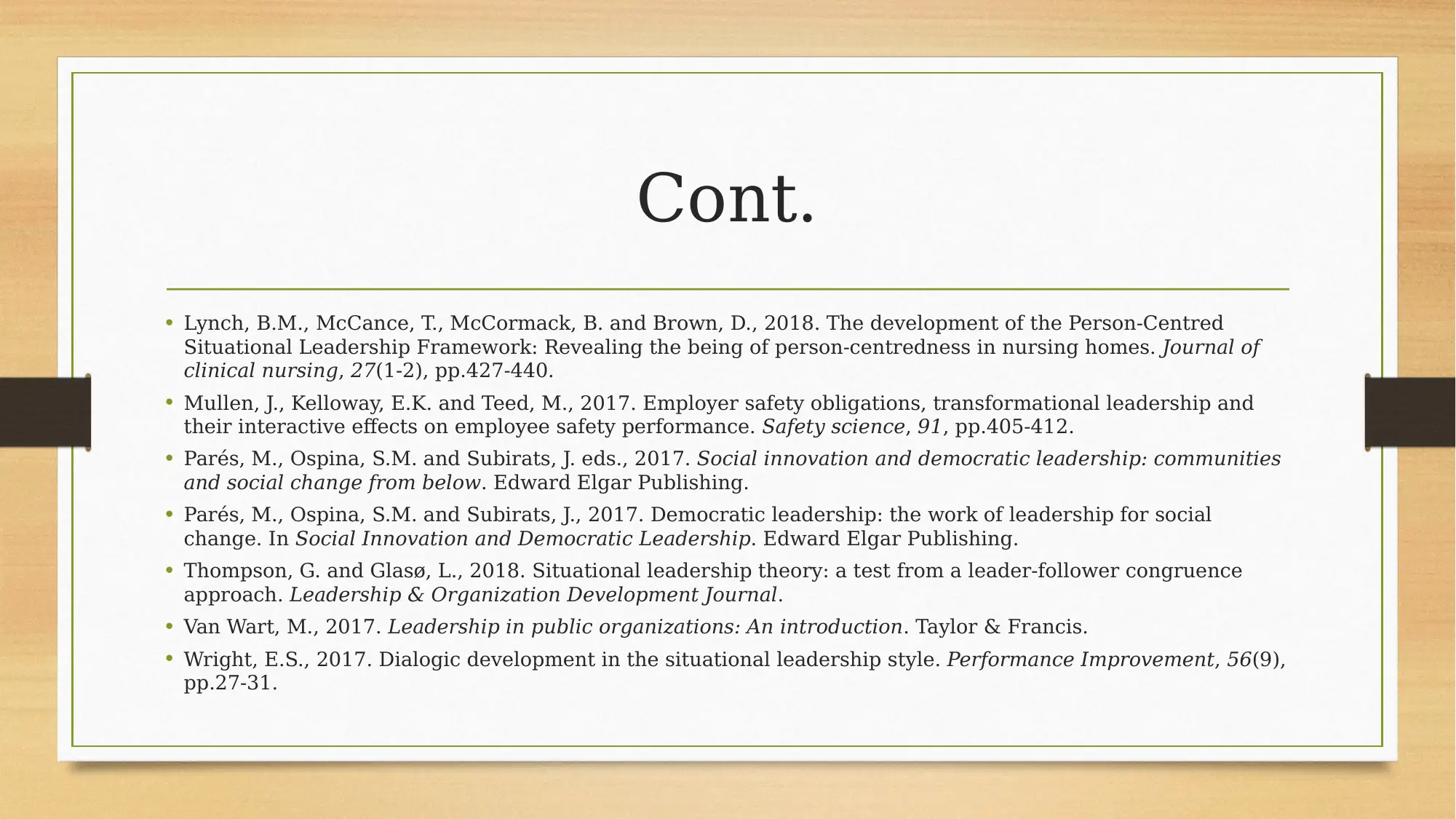





![[object Object]](/_next/static/media/star-bottom.7253800d.svg)